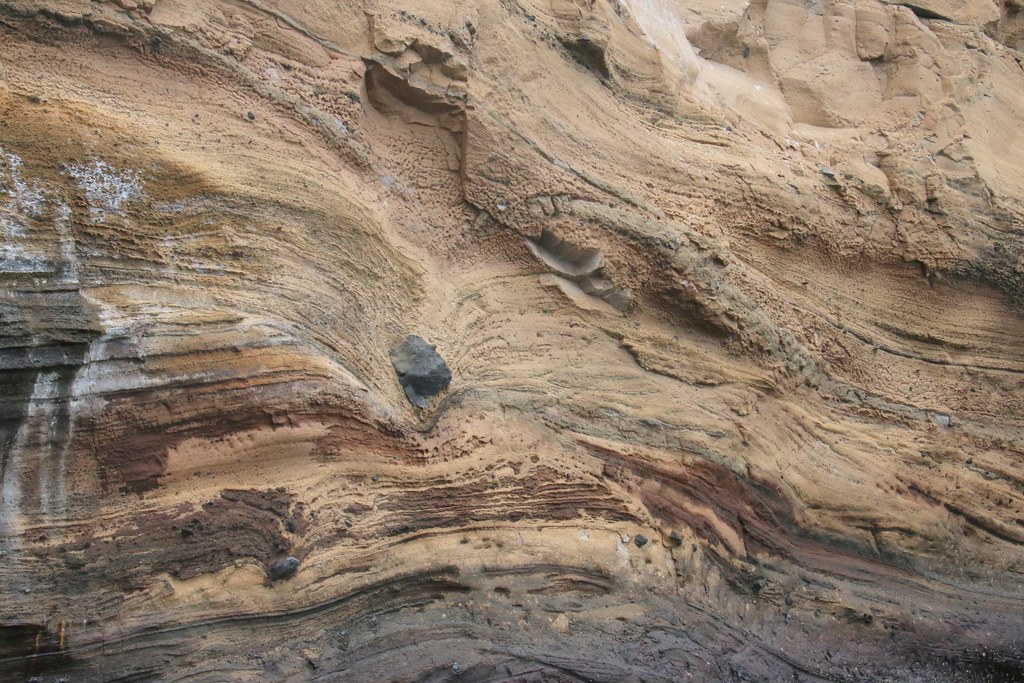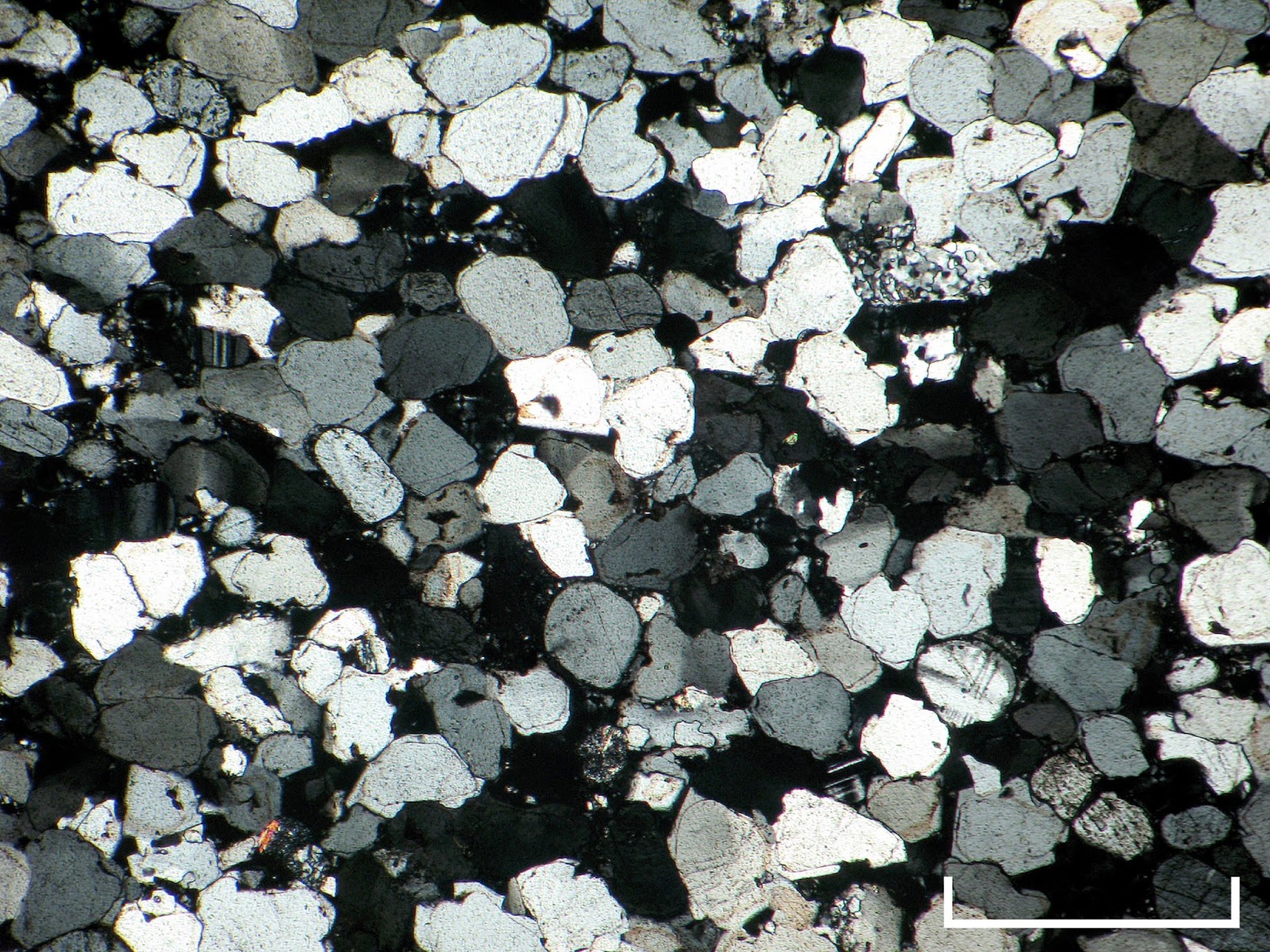YoursTrue
Faith-confidence in what we hope for (Hebrews 11)
Yep.By the volcanic rock above and below it. And by the fossil assemblage.
Do you understand that different critters lived at different times?
Welcome to Religious Forums, a friendly forum to discuss all religions in a friendly surrounding.
Your voice is missing! You will need to register to get access to the following site features:We hope to see you as a part of our community soon!
Yep.By the volcanic rock above and below it. And by the fossil assemblage.
Do you understand that different critters lived at different times?
Yes but the rock...the rock...the soil that's enmeshed in the fossil. That's what is tested for the date of the fossil, isn't it??By the volcanic rock above and below it. And by the fossil assemblage.
Do you understand that different critters lived at different times?
Think so. Yep, water is wet.You sure?
No. The fossils themselves cannot be dated usually.Yes but the rock...the rock...the soil that's enmeshed in the fossil. That's what is tested for the date of the fossil, isn't it??
Good. Then you should know that if you find the critters that were lived when one fossil bed was formed and you found another one on the other side of the Earth, but with the same critters that they would be of the same age, right?Yep.
That's what I'm saying kind of, because who knows when and from where the soil came to be where they found the fossil? could have come from deep within the earth, or blown there. The soil, I presume, must be older than the bone anyway.No. The fossils themselves cannot be dated usually.
Think of it this way. You have a layer of ash. Then on top of that a layer of sedimentary rocks. Then on top of that another laayer of ash.
Do you understand that the bottom layer of ash has to be older than the layer with the fossils and the layer of ash above has to be younger than the fossils?
No. That is not what is tested. That is your misunderstanding.@Subduction Zone -- Hello, here's what I said and I don't think I understood your answer. I said "the soil that's enmeshed in the fossil. That's what is tested for the date of the fossil, isn't it??" To which it seems you answered no, please clarify if you will, and then we'll go on to the rest of your comment, please. Thank you again.
It is not "soil". It is sediment. And volcanic ash is easily identified.That's what I'm saying kind of, because who knows when and from where the soil came to be where they found the fossil? could have come from deep within the earth, or blown there. The soil, I presume, must be older than the bone anyway.



What difference would it make, because I'm interested in the dating process & how the initial dating is begun when looking for dates these fossils came from. It's obvious that if these fossils landed in lava or ash then the dates would reflect the date of the soil/strata/lava/ash they were infused with.@YoursTrue , knowing what country you lived in could let me show you some examples of outcrops that you could look at yourself.
ok.When geologists make and examine thin sections they do so using a cross polarizing microscope. If you are used to polarized sunglasses you will know that if you orient two lenses at ninety degrees to each other that you will block all light.. That is what a cross polarizing microscope does. It has two polarizers at 90 degrees to each other. The thin section goes in between the two. Different minerals rotate different frequencies of light different amounts. That is why a drab colorless sample can be so colorful. Except for quartz. It tends to transmit all frequencies the same. No pretty colors. So sandstone is usually quite boring.
You have been repeatedly asking the same question. The fossils are not dated. So it does not really matter what material enters them.What difference would it make, because I'm interested in the dating process & how the initial dating is begun when looking for dates these fossils came from. It's obvious that if these fossils landed in lava or ash then the dates would reflect the date of the soil/strata/lava/ash they were infused with.
Ok so the fossils are not dated. The surrounding sediment is, right?You have been repeatedly asking the same question. The fossils are not dated. So it does not really matter what material enters them.
Usually layers above or below, or sometimes even "within". For example an ashflow can be a quick local; event. Any fossil live in the way of it would die, but one would not need to go that far to find life unaffected. Geologically, or even biologically life can be reestablished before there are any evolutionary changes. So We could "date" all of that current fossil assemblage. We would know that if we saw the same fossils anywhere else in the world in layer of sedimentary rock that it was the same age. That fossils or the sediments that they are buried in are not dated, unless some life is actually buried in the ash itself.Ok so the fossils are not dated. The surrounding sediment is, right?
all right. Let me give you an example. I've seen pictures of bones within a cave. Seemingly on the floor of the cave. So how is a date arrived at?Usually layers above or below, or sometimes even "within". For example an ashflow can be a quick local; event. Any fossil live in the way of it would die, but one would not need to go that far to find life unaffected. Geologically, or even biologically life can be reestablished before there are any evolutionary changes. So We could "date" all of that current fossil assemblage. We would know that if we saw the same fossils anywhere else in the world in layer of sedimentary rock that it was the same age. That fossils or the sediments that they are buried in are not dated, unless some life is actually buried in the ash itself.
